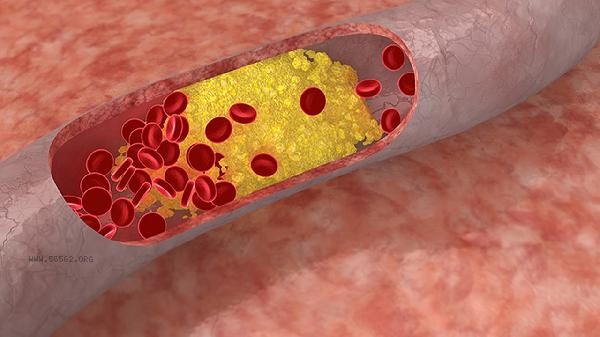The high distribution width of red blood cells may be caused by iron deficiency anemia, megaloblastic anemia, chronic diseases, abnormal bone marrow proliferation, or hemolytic anemia. This indicator reflects the degree of difference in red blood cell size and needs to be comprehensively judged in conjunction with other blood routine results.

1. Iron deficiency anemia:
Insufficient iron leads to impaired hemoglobin synthesis, resulting in a smaller volume of newly formed red blood cells that appear uneven in size when mixed with normal red blood cells. Typical accompanying symptoms include fatigue, nail cracking, and pica, which can be diagnosed through serum ferritin testing. Treatment requires supplementation of iron and adjustment of dietary structure.
2. Megaloblastic anemia:
Folic acid or vitamin B12 deficiency affects the maturation process of red blood cells, resulting in the retention of a large number of immature large volume red blood cells in the bone marrow. Commonly seen in long-term vegetarians or patients with gastrointestinal absorption disorders, it may be accompanied by glossitis and limb numbness. Diagnosis needs to be confirmed through bone marrow puncture, and the indicators can be improved after supplementing with corresponding nutrients.
3. Chronic diseases:

Chronic inflammatory diseases such as rheumatoid arthritis and tuberculosis will interfere with iron metabolism, resulting in abnormal erythropoiesis. Inflammatory factors inhibit the function of erythropoietin, causing an increase in red blood cell volume differences. Controlling the primary disease is necessary to improve blood indicators, often accompanied by systemic symptoms such as low-grade fever and weight loss.
4. Abnormal bone marrow hyperplasia:
Hematological disorders such as myelodysplastic syndrome can lead to disorders in red blood cell production, resulting in the appearance of red blood cells of different sizes and shapes in peripheral blood. This type of condition is often accompanied by abnormalities in white blood cells and platelets, and requires bone marrow biopsy for a clear diagnosis. If necessary, hematopoietic stem cell transplantation treatment may be necessary.
5. Hemolytic anemia:
Premature destruction of red blood cells in blood vessels or the spleen, compensatory acceleration of immature red blood cell release from the bone marrow, leads to the presence of varying sizes of red blood cell populations in the blood. May be caused by hereditary spherocytosis or autoimmune diseases, typically manifested as jaundice and splenomegaly. When abnormal red blood cell distribution width is found, blood routine should be rechecked and iron metabolism, vitamin levels, and other tests should be improved. In daily life, it is necessary to ensure the intake of foods rich in hematopoietic raw materials such as animal liver and dark green vegetables, and avoid drinking strong tea that affects iron absorption. Individuals with long-term abnormal indicators should seek medical attention from a hematology specialist to screen for malignant hematological diseases. Pregnant women and adolescents during their growth and development period should pay special attention to balanced nutrition. Moderate aerobic exercise can improve bone marrow hematopoietic microcirculation, but patients with hemolytic anemia need to avoid severe exercise induced crises.









Comments (0)
Leave a Comment
No comments yet
Be the first to share your thoughts!